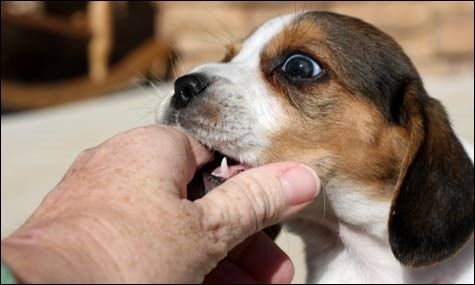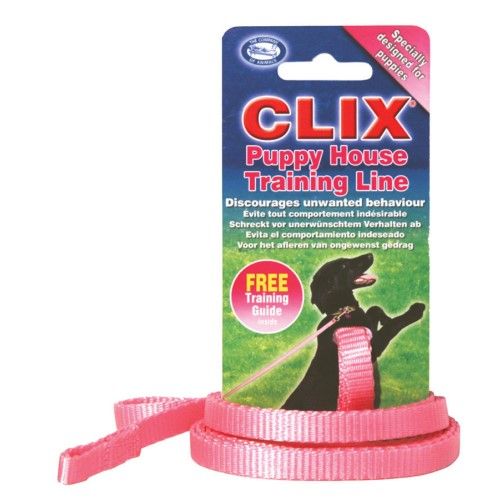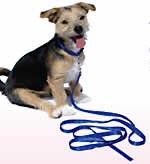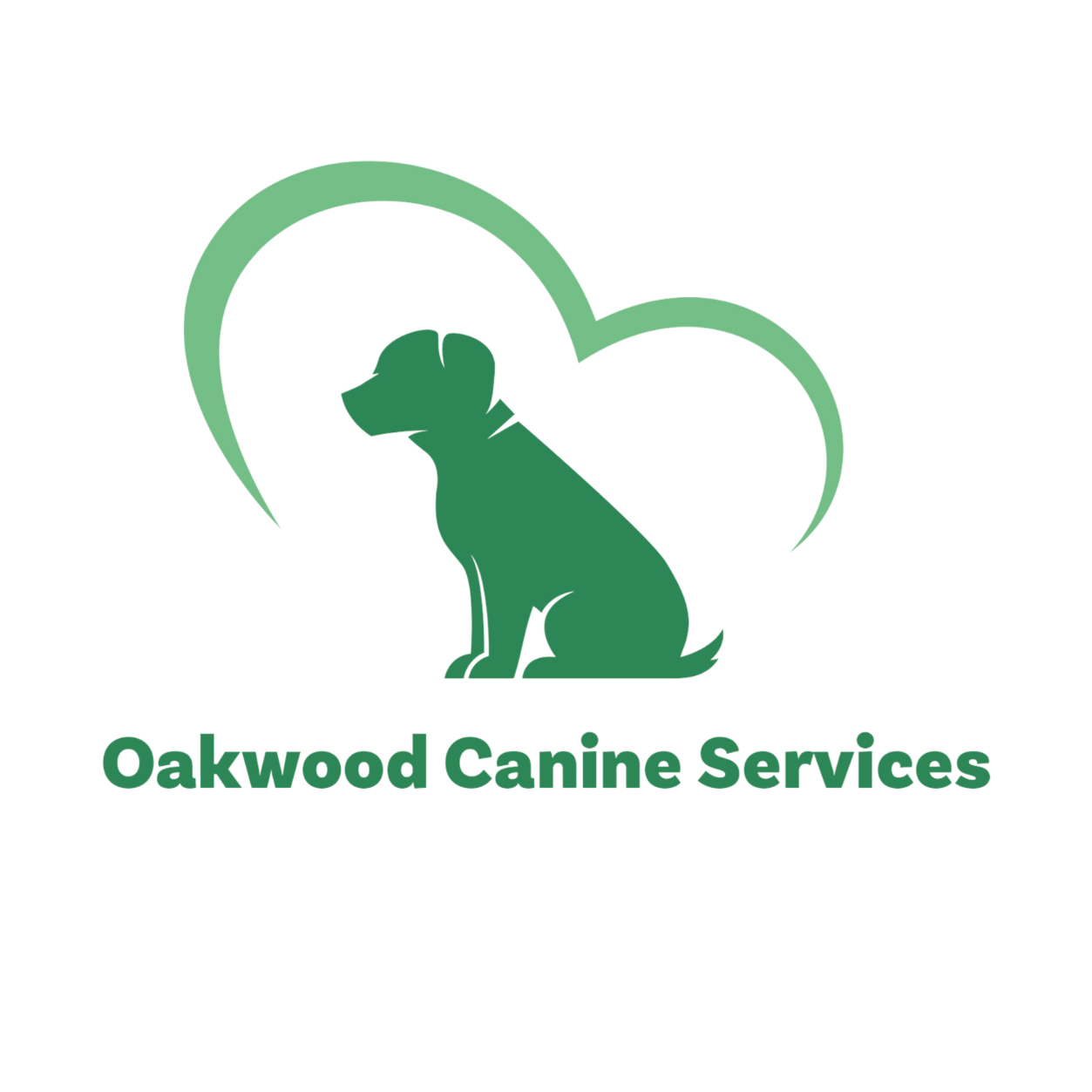Puppy Play-Biting

Many owners do not realise that this is ordinary puppy behaviour and many fear that their pups are somehow aggressive – handling this problem in the wrong way can unwittingly develop a bigger problem.
Some questions to address before addressing the play-biting problem directly:-
- Does pup lack sufficient stimulation and social interaction?
Maybe upping the play to less contact play such as retrieve or hunt the toy help provide more stimulation. Is the pup getting time to spend interacting with other dogs? If not, this needs to be provided.
- Is the pup biting as the owners leave the room because he is worried by isolation?
- Is pup hungry or does he or she exhibit the behaviour around dinner time? If they do dietary factors need to be considered.
- Is the puppy over stimulated during play with owners (typically children) waving their arms around and screeching when the pup takes hold. Highly exciting situation for some young pups.
- Has the puppy been encouraged to play with hands and feet, this situation is quite common unfortunately....with many owners complaining that their adult dogs chase them and bite and owners over exciting the dog encouraging them to jump up and tug their clothes and then become upset when they make contact with the skin.
- Does the puppy have chew toys?
If yes, do they have something they actually want to chew? Find out what your puppy prefers to chew on:
- Toys: Hard rubber, soft rubber, plush, rope, plastic/nylabone, wooden
- Chews: Roast bones, cows hooves, rawhide, filled bones

If all of the above have either been addressed or ruled out then below are some techniques that can be implemented to remedy the problem behaviour.
Redirect the biting behaviour toward something acceptable to bite! However, do not redirect after the play biting has started as this is simply rewarding the behavior. Anticipate the biting and redirect before it starts.
For example a tug or war game, a chew toy and or/ play fetch with a toy etc. If he is not interested in the toy and continues to nip skin/clothes etc then the owner should prize his jaws from him/her and place him in "time out" (crate with minimal stimulation) or leave the room very briefly until he is calm and try the game again. He should learn that the biting behaviour toward people is unacceptable but biting toys can be such fun!!
A time-out is a period of isolation to allow the pup to calm down, the period only needs to be 5-10 seconds and not for minutes, then re-enter the room or let the pup out of the crate and resume the previous activity. If the play-biting resumes then repeat the process until the unwanted behaviour no longer continues.
I would favour leaving the room instead of putting said pup into the crate. We wouldn’t want the pup to see the crate in a bad way. Crates should be viewed by the pup and used in a positive and not negative way i.e. not used for 'time out'. In addition if the pup views the crate in a negative way then a confrontation is likely to ensue when the owner tries to time-out pup in crate and this may result in the play – biting leading to an a aggressive display.

However if the crate is to be used for a time-out then before this is done a lot of time adding value to the crate should be carried out. All initial training is done in the crate and it becomes a place of an extremely high rate of reinforcement. This allows you to use the crate as a time-out without it being stressful for the pup/dog - all it does is prevent the unwanted behaviour. I liken it to me being sent to my bedroom as a child. It got me out of my parents' hair but I had my books and model horses up there so it wasn't exactly traumatic!
Puppies that show 'excessive' mouthing are almost always over stimulated at that moment in time, usually pretty anxious/stressed and under-stimulated in other areas such as mental/physical stimulation. Don’t under estimate how much exercise/mental stimulation your pup needs each day.
Finally make sure you are fulfilling your puppies/dogs basic needs by following the below instructions daily. Note these are basic requirements, not engaging your pup in enough of these requirements will result in unwanted problem behaviours occurring.
Fulfilling Your Puppy’s Needs
- Needs that you need to meet for your dog:
- Good diet (as previously discussed)
- Health and Condition – keep vaccinations up to date, grooming as appropriate for your breed, daily claw, dental, ear and eye care
- Exercise – dependent upon breed, activity levels etc. As a general guide: 2 or 3 walks per day for at least 30 minutes, ideally off lead or running if possible
- Mental Stimulation – working type dogs bred to do a job typically need more mental stimulation than others. Dogs that have had an active and stimulating puppyhood are more intelligent and brain active and so require more stimulation. Training, problem solving and working are good fulfillers of this
- Play – dogs are social animals that carry play characteristics from puppyhood into and throughout their adult life. Dogs do not often play independently – play with other dogs and people, with or without toys is needed
- Rest – when all the above needs have been fulfilled, rest is needed – particularly for young pups
- Most people can find a dog with needs that they can fulfil, and a dog who can fulfil their wants:
- Pensioners may not be able to cope with and fulfil the exercise and stimulation needs of a young, working type dog, but can easily with an older rescue dog, content with a short walk each day and nights in front of the fire
- Equally, a young active family may not be able to fulfil the resting needs of an old dog, and a younger active dog would be more suitable
- People with allergies can get a hairless or non-shedding breed
- A small dog or large but calm and quiet dog will suit people with small children or frail elders
